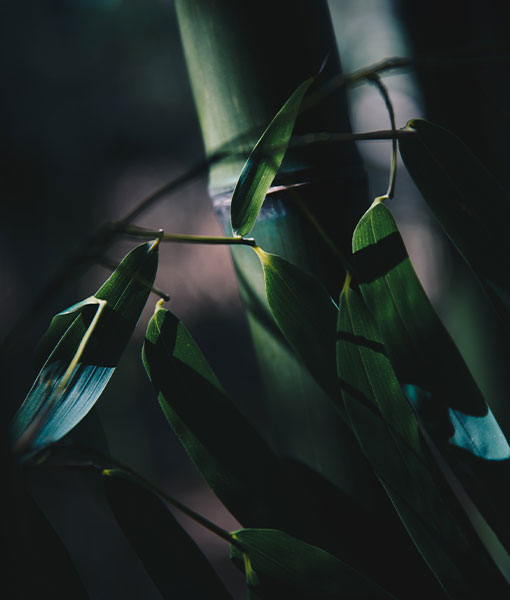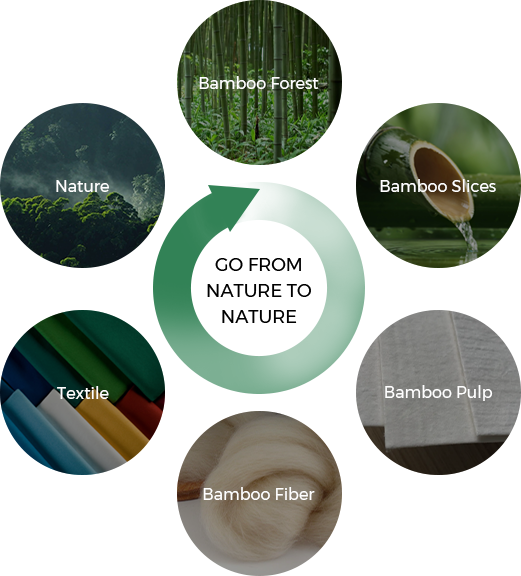In the diverse tapestry of textiles,
Natural Linen Fabric emerges as a timeless and sustainable choice, weaving together a rich history, environmental consciousness, and a sense of refined elegance. Derived from the flax plant, linen has been prized for centuries for its exceptional properties, making it a preferred fabric for various applications.
At the core of Natural Linen Fabric lies the flax plant, a resilient and eco-friendly crop that requires minimal water and pesticides during cultivation. The cultivation of flax for linen production aligns with the principles of sustainability, as the plant grows naturally in diverse climates and enriches the soil rather than depleting it. The flax fibers, extracted through a careful harvesting and retting process, form the basis of the linen yarn that becomes the fabric.
One of the defining characteristics of Natural Linen Fabric is its breathability. Linen fibers, due to their hollow structure, allow air to circulate easily, making the fabric exceptionally cool and comfortable, especially in warmer climates. This inherent breathability contributes to linen's versatility, as it adapts to the body's needs, ensuring a fresh and comfortable wearing experience. Linen's ability to absorb and release moisture also adds to its appeal, making it suitable for a wide range of garments, from summer clothing to activewear.
Moreover, Natural Linen Fabric possesses remarkable durability and strength. Linen fibers are known for their resilience, becoming even stronger when wet, unlike other fabrics that may weaken when exposed to moisture. This durability extends the lifespan of linen garments, reducing the need for frequent replacements and aligning with the principles of sustainable and slow fashion. Linen's ability to withstand wear and tear contributes to its eco-friendly profile, as it supports a more conscious and mindful approach to consumption.
The unique texture of Natural Linen Fabric sets it apart in the world of textiles. Linen has a distinctively crisp and slightly textured surface, evoking a sense of casual sophistication. This texture becomes more refined with each wash, enhancing the fabric's softness without compromising its integrity. The natural luster of linen adds a touch of understated elegance to clothing and home textiles, making it a preferred choice for those who appreciate a blend of comfort and refined aesthetics.
In terms of sustainability, Natural Linen Fabric stands as a frontrunner. The flax plant requires minimal resources to grow, making linen one of the most eco-friendly fibers available. The cultivation process involves little to no irrigation, reducing the strain on water resources, and requires fewer pesticides compared to other crops. Additionally, every part of the flax plant is utilized, minimizing waste and contributing to a circular and sustainable production model.
The environmental benefits of linen extend to its biodegradability. When linen garments reach the end of their lifecycle, they naturally decompose, leaving no lasting impact on the environment. This contrasts with synthetic fabrics that contribute to the growing issue of textile waste in landfills. Linen's ability to return to the earth without harm aligns with the principles of a circular economy, where materials are designed to be reused, recycled, or biodegraded.
Natural Linen Fabric has found favor not only in fashion but also in the realm of home textiles. Linen bedding, renowned for its luxurious feel and temperature-regulating properties, has become a sought-after choice for those seeking a comfortable and eco-friendly sleep experience. Linen towels, with their high absorbency and quick-drying qualities, add a touch of luxury to daily routines. The versatility of linen in home decor extends to curtains, tablecloths, and upholstery, enhancing living spaces with its natural charm and understated elegance.
In the fashion industry, designers have embraced the versatility of Natural Linen Fabric, creating collections that showcase its unique properties. Linen's ability to drape gracefully, coupled with its breathable and lightweight nature, makes it suitable for a wide range of garments. From breezy summer dresses and relaxed trousers to tailored shirts and blazers, linen offers a blend of comfort and style that resonates with a diverse audience.
In conclusion, Natural Linen Fabric represents a harmonious blend of sustainability, elegance, and versatility. From its eco-friendly cultivation to its breathable and durable qualities, linen has stood the test of time as a textile that transcends fleeting trends. As the world shifts towards a more sustainable and mindful approach to fashion and lifestyle, Natural Linen Fabric remains an emblem of a conscious choice — a choice that honors the environment, embraces comfort, and weaves a thread of enduring elegance into the fabric of modern living.





